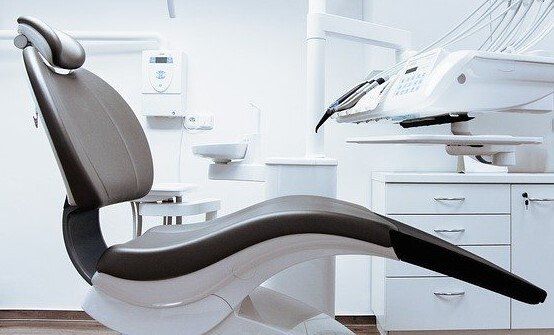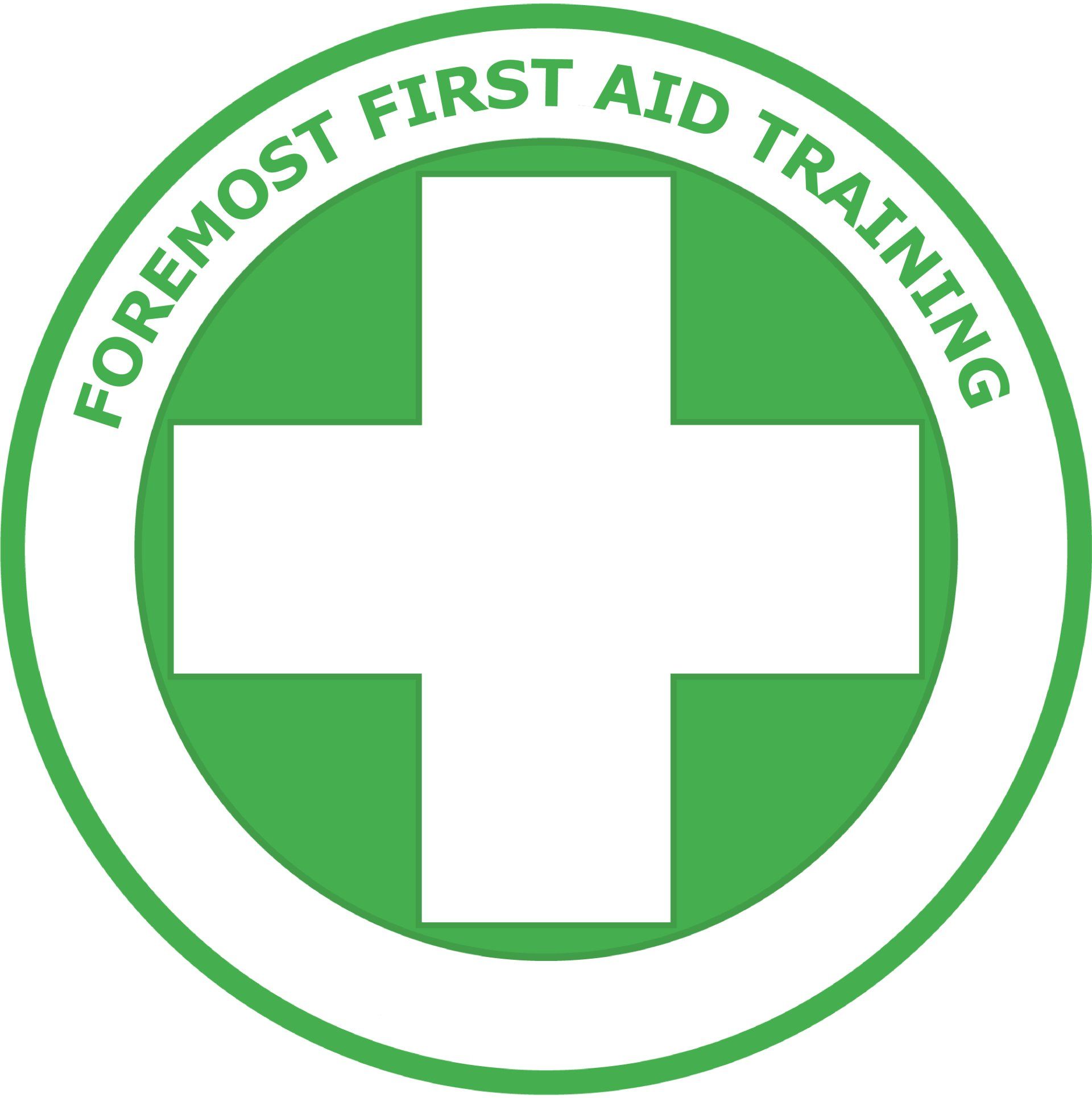Immediate Life Support (ILS) - Level 3 (VTQ)
This course is designed for healthcare professionals who have a duty to respond and need the next level of care over and above Basic Life Support.
The course meets the requirements of ILS courses laid down by UK Resuscitation Council guidelines and the criteria for the General Dental Council’s development outcomes C.
The aim is to train healthcare personnel in cardiopulmonary resuscitation, simple airway management and safe defibrillation, enabling them to manage patients in cardiac arrest until the arrival of a cardiac arrest team and to participate as effective members of that team.
This course has been designed to meet all the required learning outcomes and are aligned to the Skills for Health UK Core Skills Training Framework or UK-CSTF.
The course includes safety precautions, initial assessment, recovery position, CPR including the use of an AED, choking, the emergency use of oxygen, suction, airways, pocket masks and bag-valve-mask devices.
Also included in this course are the skills of dealing with epilepsy, asthma and anaphylactic reactions.
This course meets the criteria for the GDC’s development outcomes C and comes with a Certified CPD statement in line with the General Dental Council guidelines and the UK Resuscitation Council standards for clinical practice and training for dental practitioners and dental care professionals in general dental practice.
All our first aid courses fully meet the UK and European Resuscitation Council Guidelines 2021 as per the HSE requirements and are endorsed by Training Qualifications UK (TQUK).
Certificates are valid for 1 year.
Contact us now for more details and a special group rate for your practice.

Course outcomes -
1. Understand basic life support requirements
- 1.1 Describe the principles that underpin basic life support
- 1.2 Explain the circumstances under which resuscitation is performed
- 1.3 Explain why early intervention is necessary
- 1.4 Describe different types of cardiopulmonary arrest
- 1.5 Understand what pulse oximetry is and why it is important in assessing a patient
- 1.6 Explain the ABCDE approach to patient care
- 1.7 Explain how to check a patients pulse, temperature, blood pressure and other observations.
- 1.8 Explain what Hypoxia is and how it affects the patient
- 1.9 Explain the difference between heart attack, angina and sudden cardiac arrest
2. Be able to demonstrate basic life support techniques and automated external defibrillator use in line with current national guidelines
- 2.1 Demonstrate cardiopulmonary resuscitation
- 2.2 Demonstrate compression only resuscitation
- 2.3 Demonstrate the use of resuscitation barrier devices
- 2.4 Demonstrate how to manage a choking adult, child and infant
- 2.5 Demonstrate the use of an automated external defibrillator
- 2.6 Describe the differences when using an automated external defibrillator on a child and on an adult
- 2.8 Explain why suction is used to maintain the airway
- 2.9 Explain how an oropharyngeal, nasopharyngeal and supraglottic airway is used and why they benefit the airway
- 2.9 Explain the requirements of a do not resuscitate order
- 2.10 Demonstrate correct use of a bag valve mask
3. Be able to demonstrate post-resuscitation procedures
- 3.1 Demonstrate how to place a casualty in the recovery position
- 3.2 Identify the risks when placing a casualty in the recovery position
- 3.3 Describe handover and reporting procedures
- 3.4 Explain the correct administration of Oxygen on a patient
- 3.5 Understand the correct assembly, disassembly and storage of an Oxygen kit.
- 3.6 Explain the different types of an Oxygen mask and when you would use them.
4. Be able to carry out basic user maintenance and troubleshoot problems with an automated external defibrillator
- 4.1 Identify when a defibrillator battery requires changing
- 4.2 Identify when electrode pads need replacing
- 4.3 Demonstrate how to troubleshoot problems if the automated external defibrillator does not function correctly
5. Understand the safe use of an automated external defibrillator
- 5.1 Describe the safety considerations when using AEDs
6. Understand medical emergencies
- 6.1 Describe the following medical emergencies and the treatment required for the following:
- Asthma
- Hyperventilation
- Anaphylactic shock
- Diabetes
- Seizures and Epilepsy
- Sepsis
Learning content
This training session is intended to train staff a higher level of immediate life support (BLS/CPR), AED and medical emergency skills to give them the knowledge and confidence to deal with a medical emergency in the practice with both patients and members of the team.
Development outcomes
This CPD course meets the criteria for the GDC’s development outcomes C
Call us: 07761 605 909
Email: info@foremostfirstaid.co.uk
All Rights Reserved | Foremost First Aid Training
Office at 5 Leas Lane, Marcham,
Oxfordshire, OX13 6FT.
